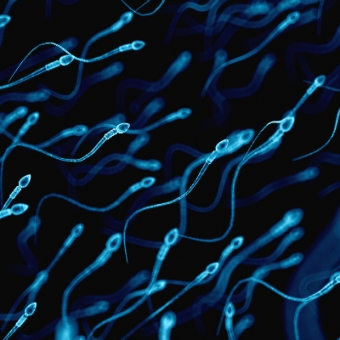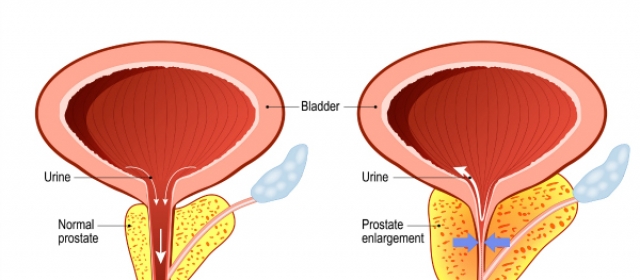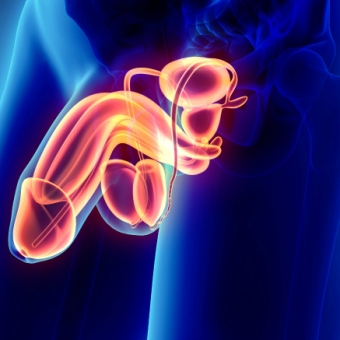
All News
Upcoming Events
Autonomic dysreflexia is a dangerous situation that can happen to men with spinal cord injuries located at T6 or above. When autonomic dysreflexia occurs, the nervous system has an exaggerated response to stimulation below the level of injury. Symptoms include sweating, headache, nasal congestion, vision problems, and chills. Autonomic dysreflexia can dramatically increase blood pressure, which in turn can lead to stroke, seizure, and death.
Most men with spinal cord injury cannot ejaculate during sexual intercourse.
The spinal cord is involved with two phases of the ejaculatory process. The first allows semen to move into the urethra. The second allows that semen to be pushed out of the urethra. For all of this to happen, chemical messages need to travel between the brain and the genitals via the spinal cord. But when a man has spinal cord injury, this travel is impaired.
There are two main methods that can help men with spinal cord injury ejaculate.
Research has shown that, for some men, taking NSAIDs regularly increases the chances of erectile dysfunction.
A penile implant, sometimes called a penile prosthesis, is a device that is surgically inserted into a penis and allows men with erectile dysfunction (ED) to achieve an erection suitable for intercourse. While prostheses generally have high satisfaction rates among men and their partners, getting a penile implant is a big decision.

Retrograde ejaculation occurs when a man reaches orgasm, but little or no semen comes out of the penis. Instead, the semen goes backward into the bladder.
It is not a harmful condition. The semen mixes with urine and passes out of the body the next time the man urinates. It causes no damage to the bladder.
Prostate cancer affects the prostate, a walnut-sized gland near the bladder. The prostate produces fluid that mixes with sperm to form semen.
Delayed ejaculation occurs when a man has difficulty ejaculating. It may take longer than he’d like to ejaculate, even if he has a full erection and is sufficiently aroused and stimulated. The situation can cause distress to both the man and his partner.
Peyronie’s disease is a disorder that causes areas of hardened scar tissue called plaques to form on the penis, just under the surface of the skin. These plaques make the penis less flexible. As a result, men with Peyronie’s disease have a noticeable curve in their penis. The penis may shorten as well.




